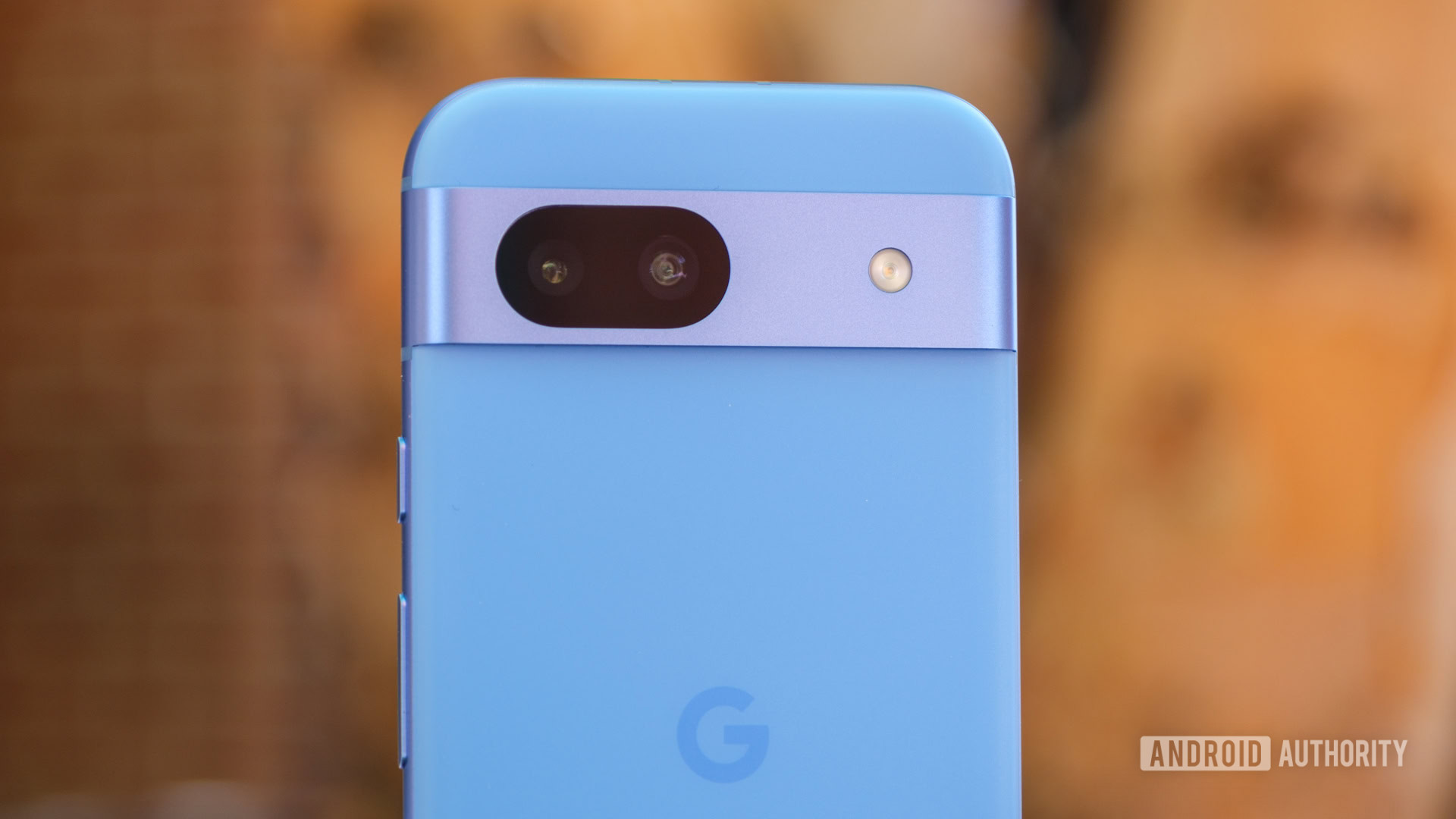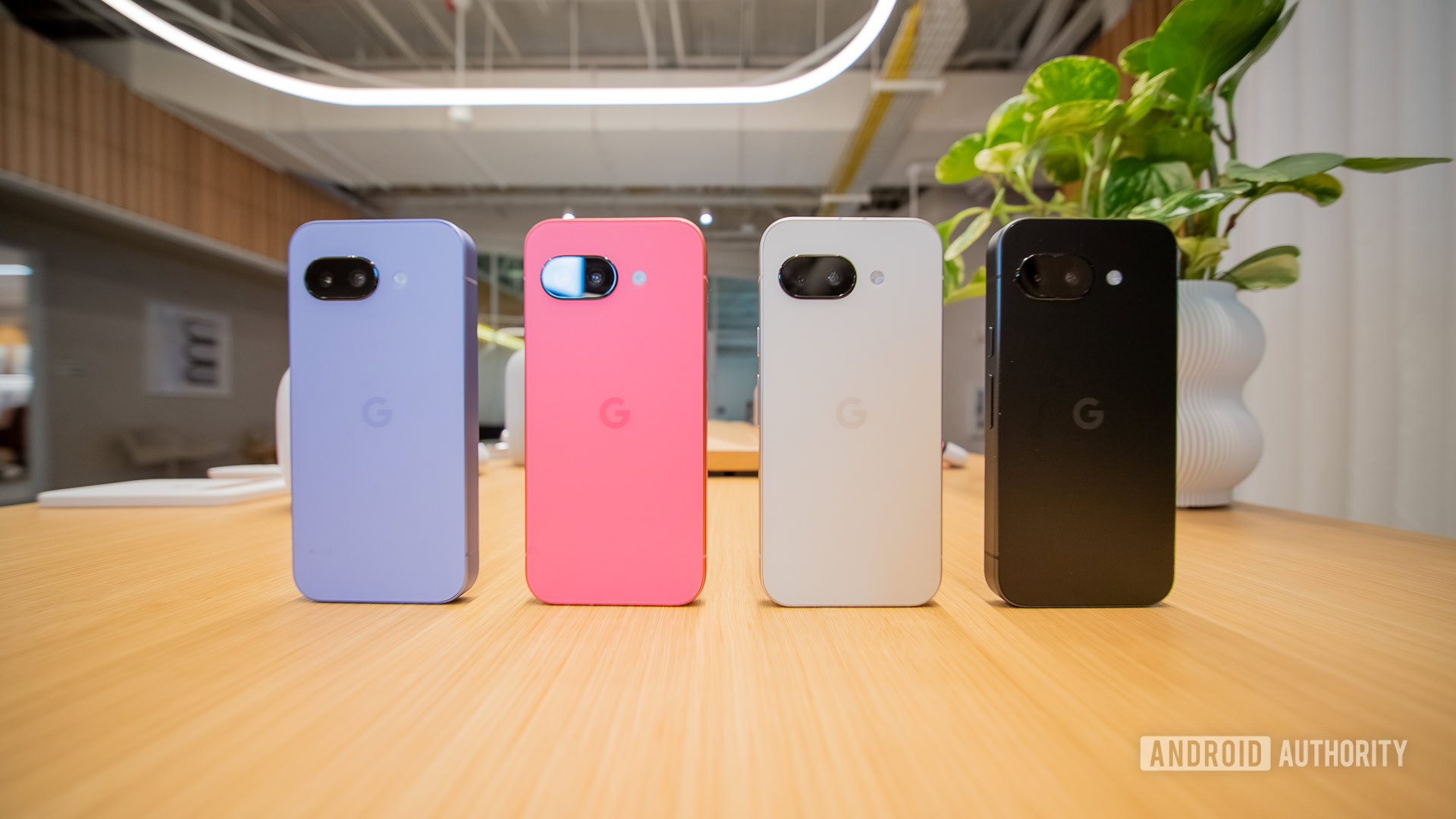Lanh Nguyen / Android Authority
Run your fingers across the back of the Google Pixel 9a, and you’ll notice something missing. The distinctive camera bar, a hallmark of recent Pixel design, is gone. By removing that signature element, Google hasn’t just flattened the phone’s profile but has also stripped away much of the Pixel’s unique character, leaving it looking bland to say the least.
For me, a phone isn’t just a functional tool. It should be visually appealing as well — something unique I actually enjoy looking at and holding. The latest Pixel 9a, with this design shift, has lost that vital spark, and frankly, I’m not a fan.
Do you like the Pixel 9a’s flat back or do you miss the camera bump?
239 votes
Personality, gone

Ryan Haines / Android Authority
Pixel 8a
Let me start by saying that I think the Pixel 9a is a fantastic phone. I’ve consistently recommended the Pixel A-series to most people. It offers more than enough power for the average user, boasts a terrific software experience with a great support policy, and won’t break the bank. In terms of value and core functionality, you really can’t go wrong.
But design matters, and with the Pixel 9a, I can’t help but point out the obvious: the phone looks very generic. Sure, most Android phones share a similar facade these days — dominated by a screen with ever-shrinking bezels. There’s not much room for expression there. The back panel, however, is where the real design action is, or at least could be. It’s a canvas allowing manufacturers to experiment.
This is where we see various color choices, sometimes distinct patterns or textures, and, of course, the camera bar. Yes, the Pixel 9a offers a few appealing color options — Obsidian, Peony, Iris, and Porcelain — a few of which inject some life into the device, preventing it from being a totally monochrome slab. But let’s be honest: offering different colors is the bare minimum expected in today’s market. It’s standard practice, hardly a defining design characteristic that screams personality. A pleasant color doesn’t compensate for removing a truly unique, structural design element that defined its predecessors.

Lanh Nguyen / Android Authority
That camera bar that spans horizontally across the back of most recent Google smartphones is distinctively Pixel. If you know your smartphones, you could spot a Pixel from afar because of it. It’s not just a bump; it’s a confident design choice, a visual statement that adds character and personality. It provides a pleasing contrast, often featuring a different finish or color (like polished metal against a matte backplate), breaking up the monotony and giving the phone a clear visual anchor. It’s thoughtfully designed. It’s unique. It’s a Pixel.
Not anymore. The absence of the distinctive camera bar on the Pixel 9a genuinely bothers me. As someone who deeply appreciates design — the look, the feel, the story a product tells through its form — a phone’s aesthetics need to resonate. The Pixel 9a’s design simply doesn’t speak to me. At all. It feels like a retreat from boldness, and it’s big enough of an issue for me personally to make it a dealbreaker.
The differences between devices in terms of raw power, screen quality, and core features aren’t as vast as they used to be. Looking at flagships, for example, they all offer plenty of performance, great software support, premium materials like glass and metal, and extras like wireless charging and water resistance. While smaller hardware and software differences certainly add up, design remains one of the areas where companies can truly stand out from the crowd. It’s an opportunity to be different and take a few risks. That’s what I want to see from tech companies, especially those known for innovation. It’s sad, then, that Google has gone the other way with the Pixel 9a, playing it way too safe.
Design isn’t just about pure, sterile function.
I understand the counter-argument. Some people really dislike camera bumps. A perfectly flat phone might feel sleeker in the hand or pocket, and it won’t rock when laid flat on a table (although, that was rarely a significant issue with the wide Pixel bar). But design isn’t just about pure, sterile function. It’s also about expression. About creating something that evokes feeling. Good design, like art, can make you feel something; it brings up emotions, makes you think, and can enhance your connection to an object. While I wouldn’t claim the Pixel’s camera bar sparked immense joy in my day-to-day life, as it’s still just a phone, its unique visual identity makes holding and using it a more enjoyable experience.
What’s done is done for the Pixel 9a. I can only hope this design direction is limited to the A-series this year and doesn’t signal a permanent shift for the entire lineup. Based on the latest renders currently circulating for the upcoming Pixel 10 series, there might be reason for optimism. These early glimpses suggest the flagship Pixels will retain their distinct camera bar. If true, I’ll be relieved to see that Google hasn’t entirely abandoned the design personality its phones have become known for.







